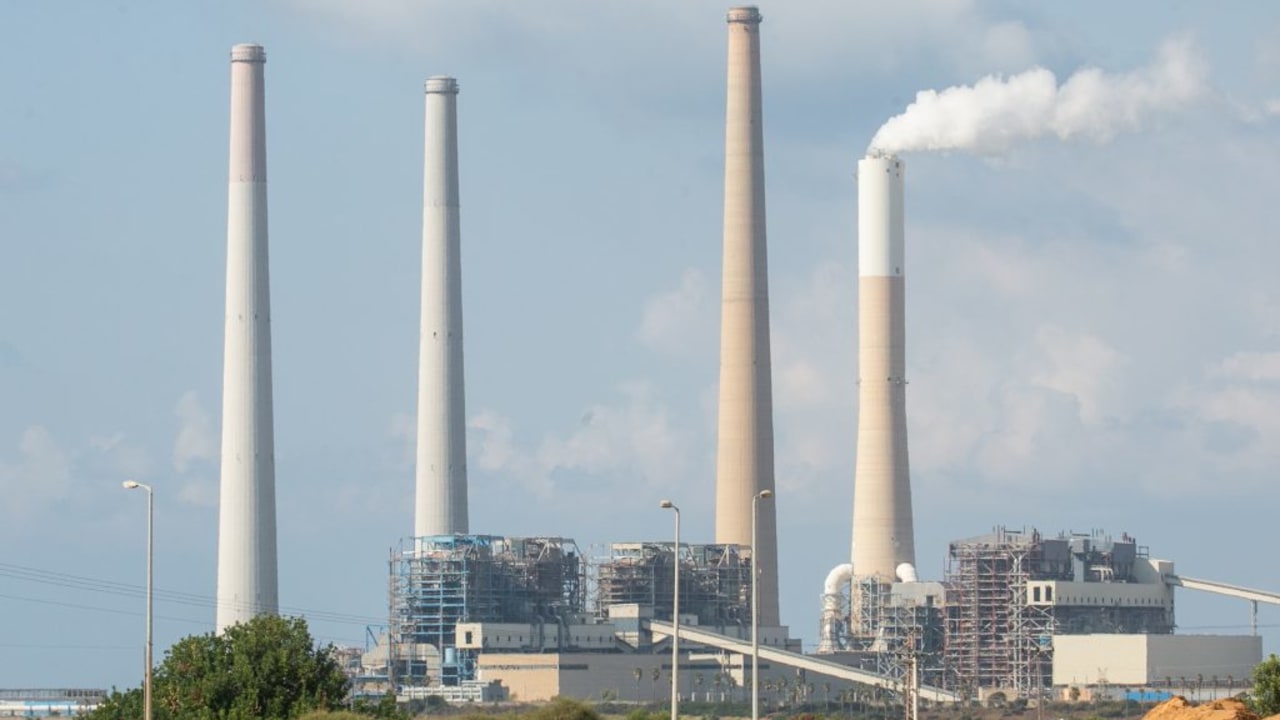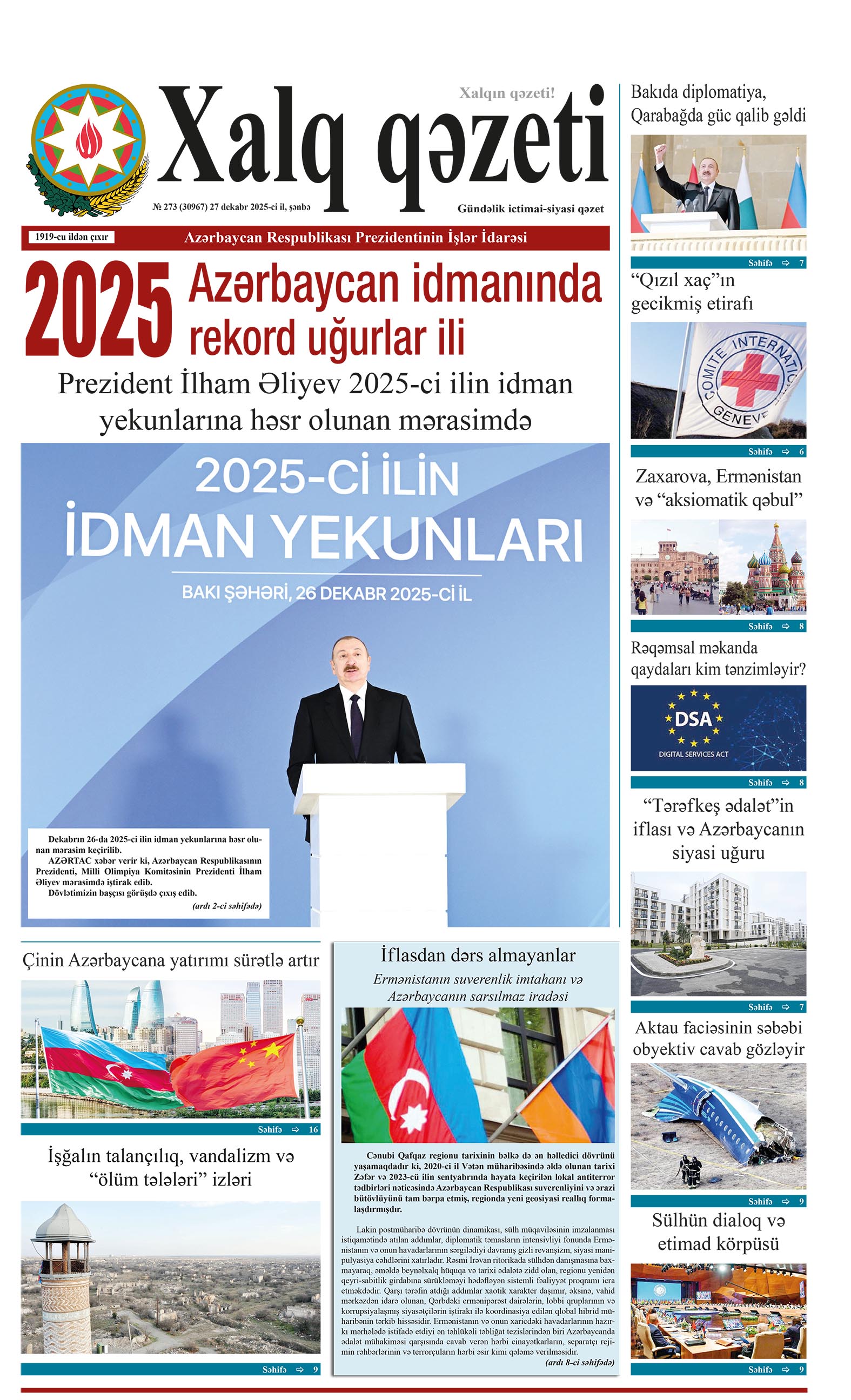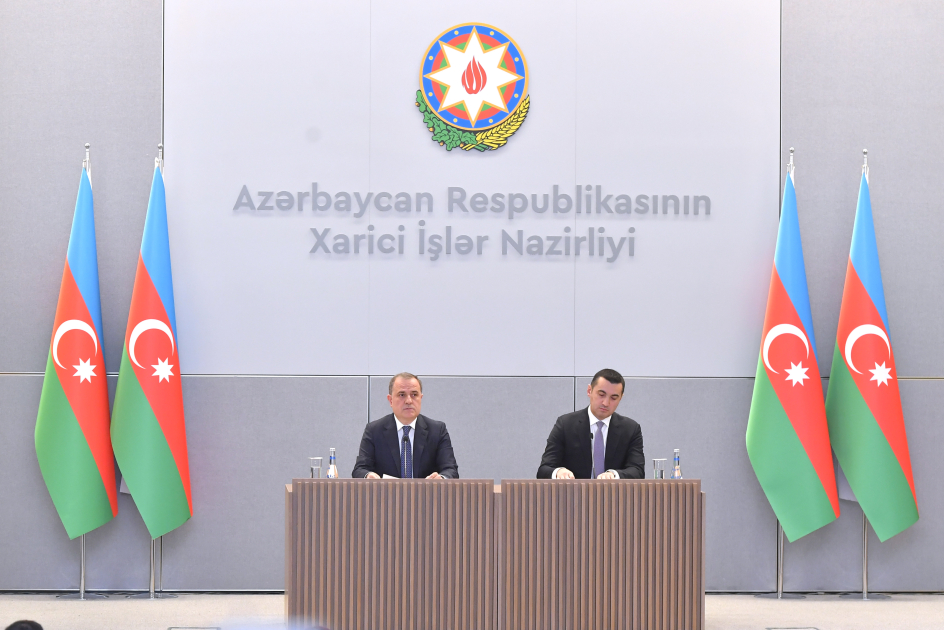Artificial rain has been used for the first time in Pakistan in a bid to combat hazardous levels of pollution in the megacity of Lahore, Al Jazeera reports citing the provincial government.
Planes equipped with cloud-seeding equipment flew on Saturday over the eastern city, often ranked one of the worst places globally for air pollution.
“It drizzled in at least 10 areas of Lahore,” caretaker chief minister of Punjab, Mohsin Naqvi, told reporters, adding that the authorities were monitoring the impact of artificial rain in a radius of 15km.
Air quality in Lahore has been particularly bad in the last few weeks and the Punjab government employed several tactics including the early closure of businesses and keeping schools off for two extra days to help improve the air quality – but nothing worked.
The “gift” was provided by the United Arab Emirates, Naqvi said.
“Teams from the UAE, along with two planes, arrived here about 10 to 12 days ago. They used 48 flares to create the rain,” he said.
Naqvi said the team would be able to assess the effects of the experiment by Saturday night.
The UAE has increasingly used cloud seeding, sometimes referred to as artificial rain or blueskying, to create rain in the arid expanse of the country.
In the cloud-seeding process, silver iodide, a yellowish salt, is burned in clouds in a compound with acetone to encourage condensation to form as rain.
Naqvi reassured the public of the safety of the artificial rain, citing more than 1,000 annual missions by the UAE and similar technologies used in dozens of countries, including the United States, China and India.


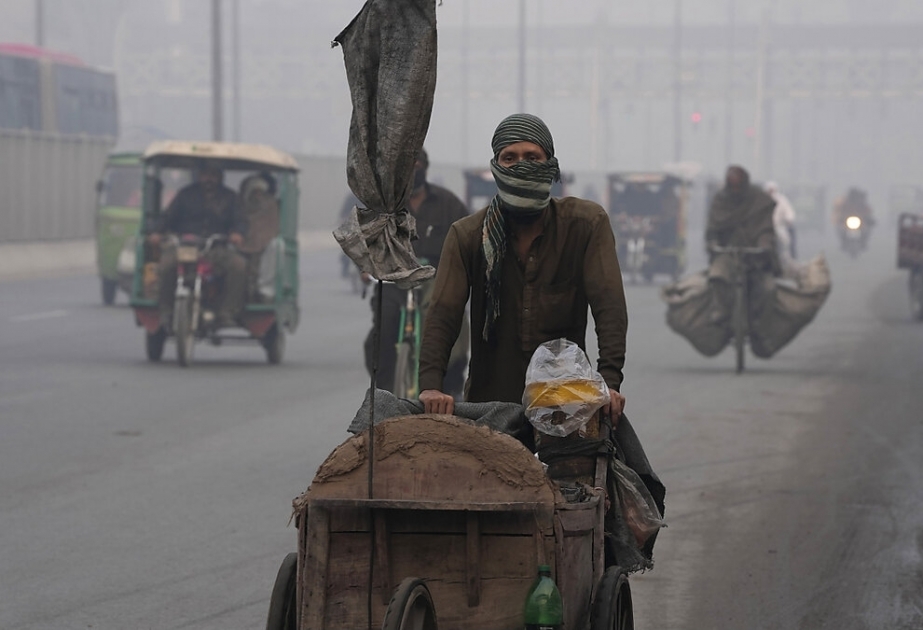
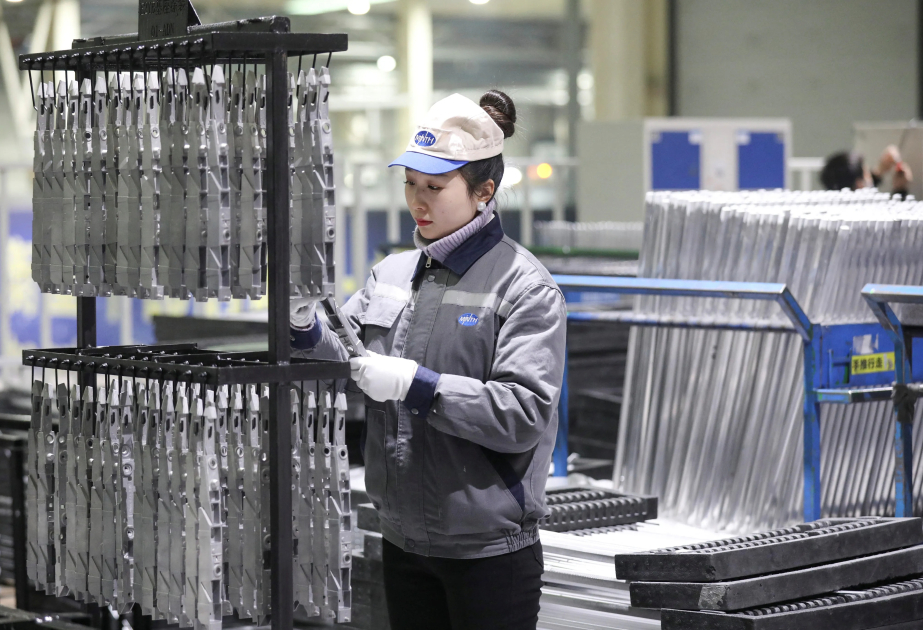
.webp)


